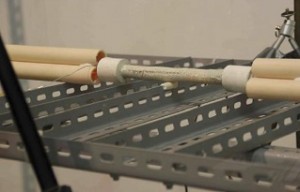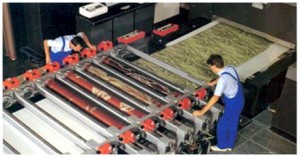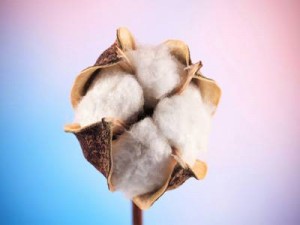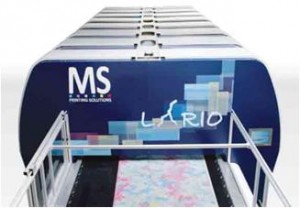Are excess heat and isotope changes in e-cat LENR reactor real? Part 2
Part 2 of the analysis of the e-cat Lugano report, looking deeper into the issue of the isotope changes in nickel and lithium, reaction kinetics and the implications for Industrial Heats´ patent situation.










